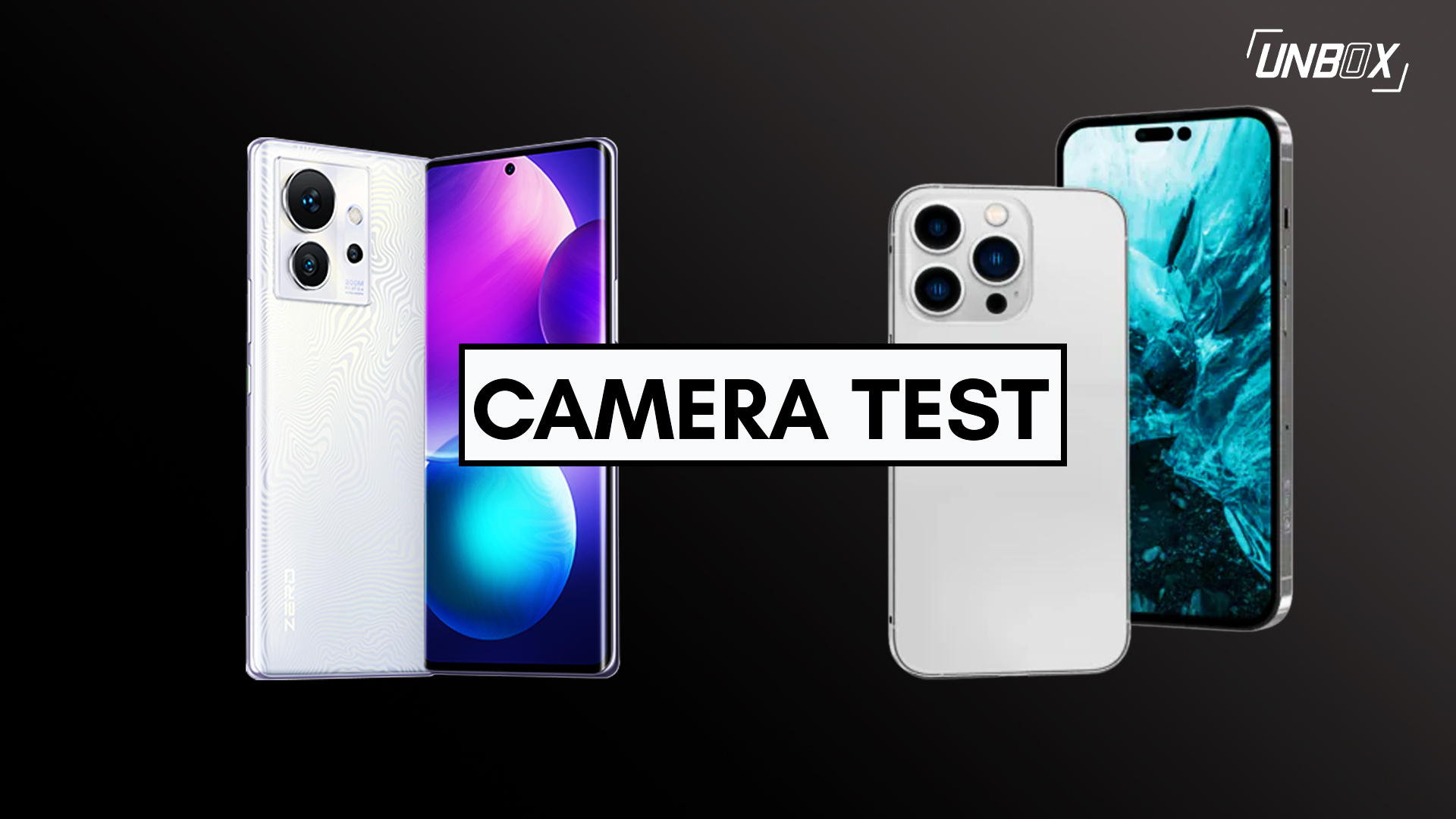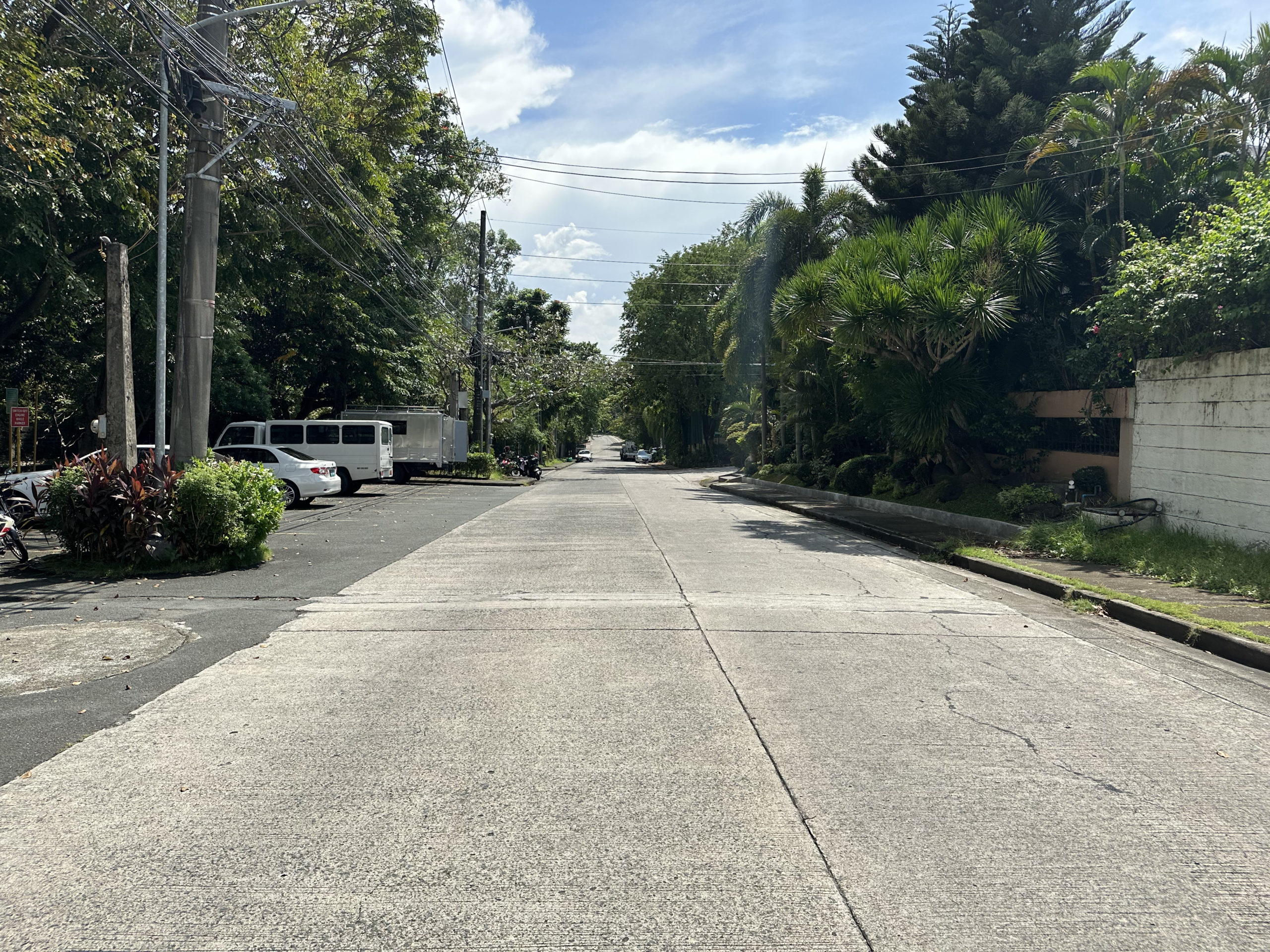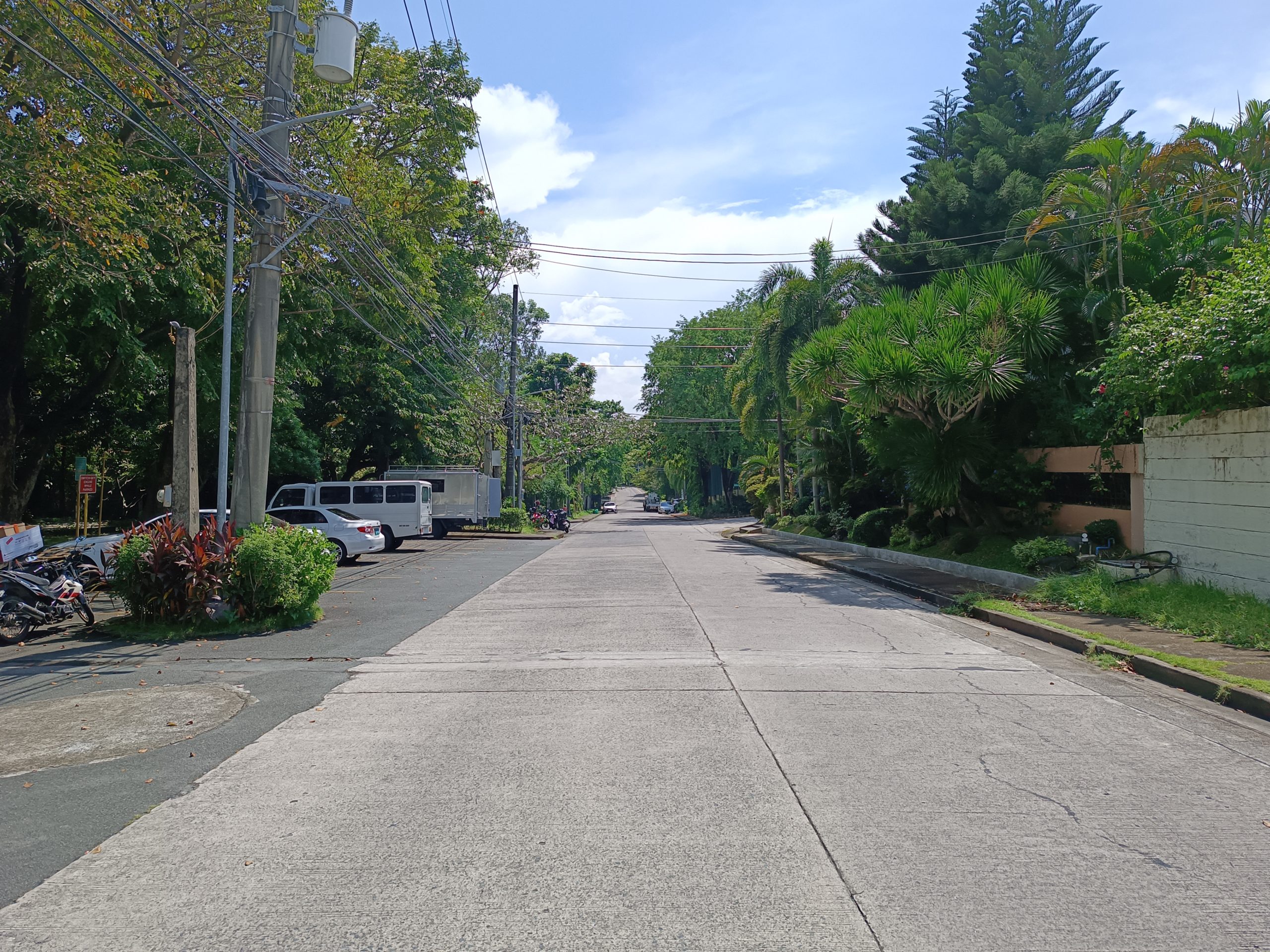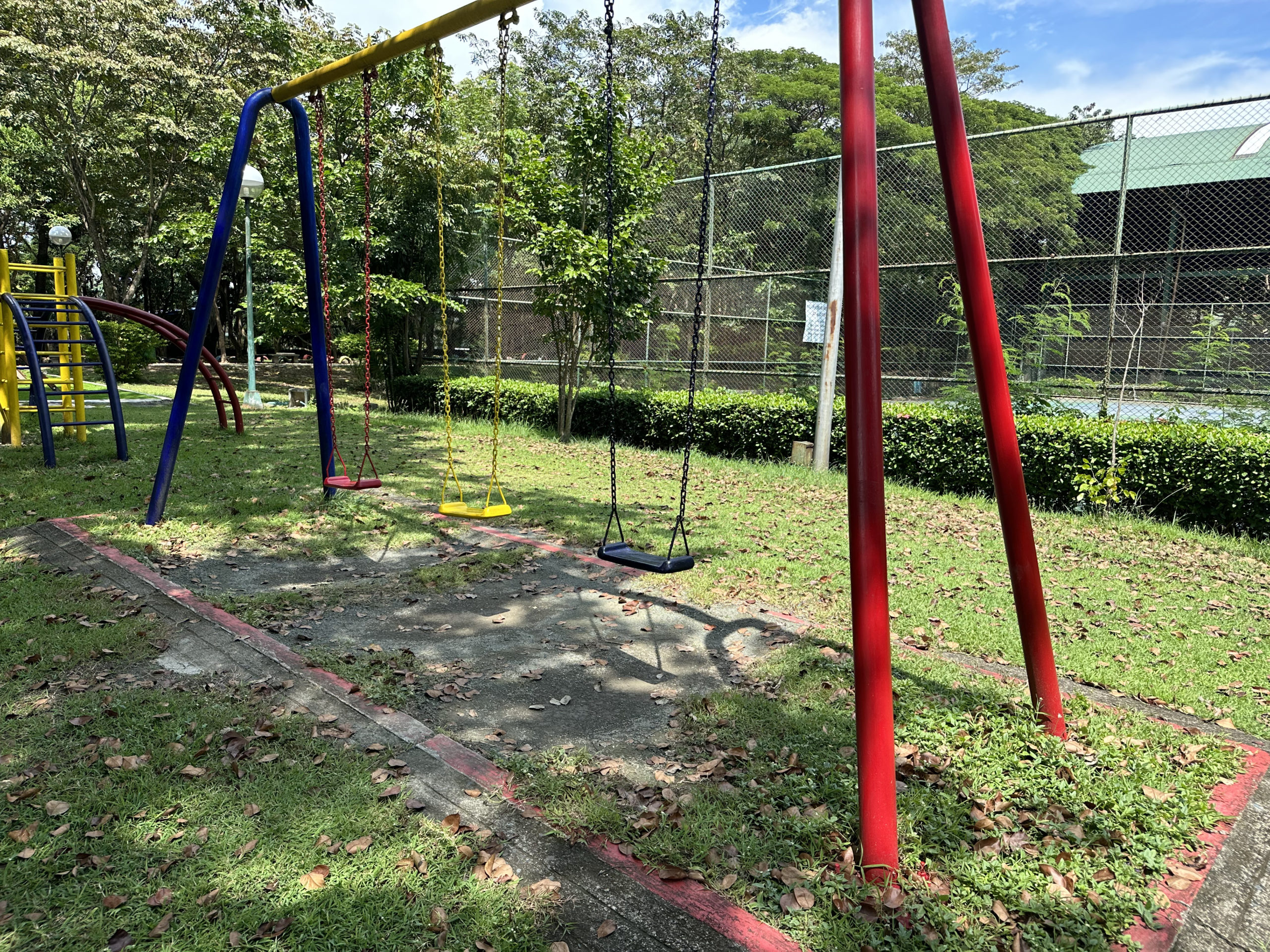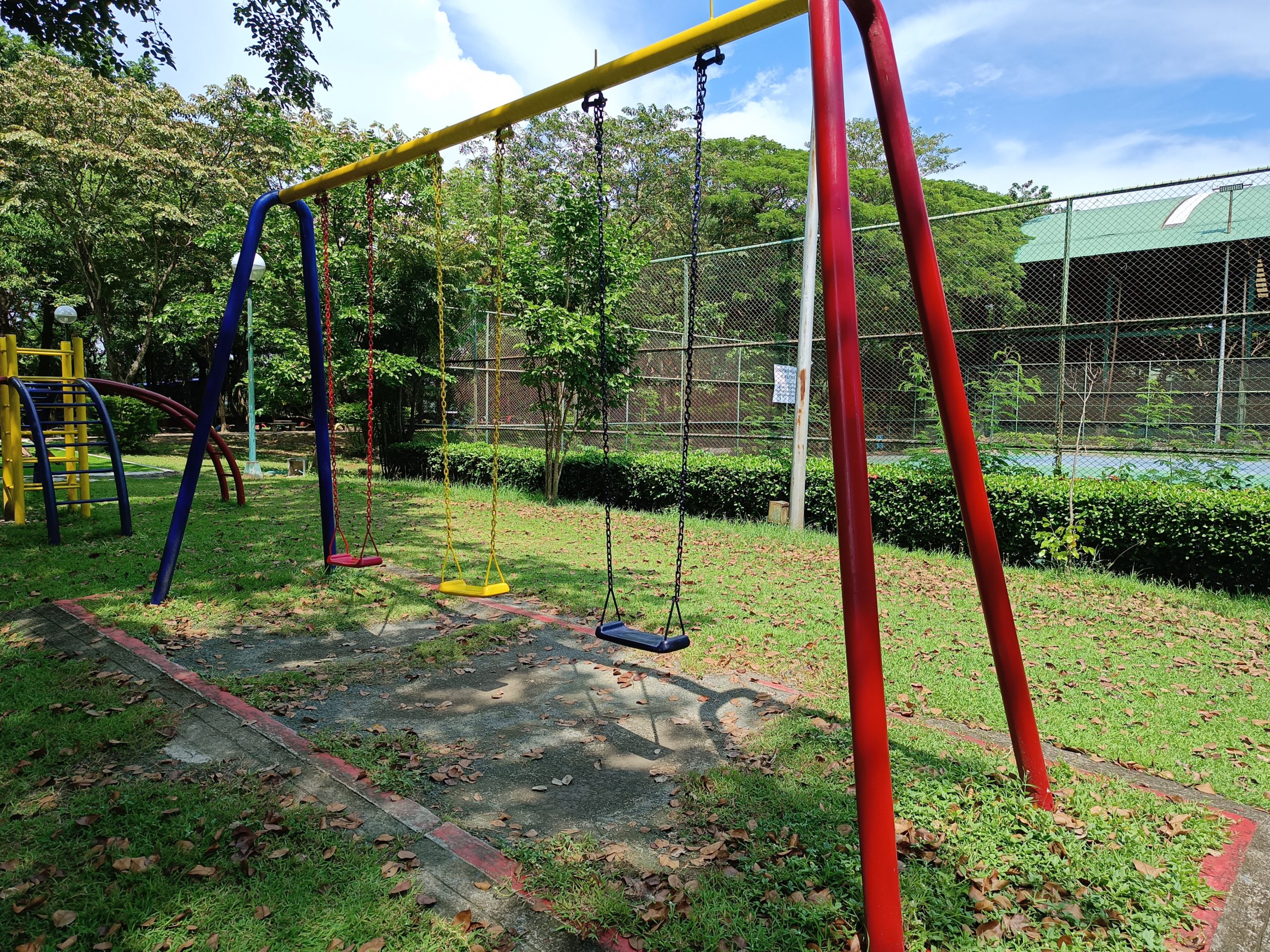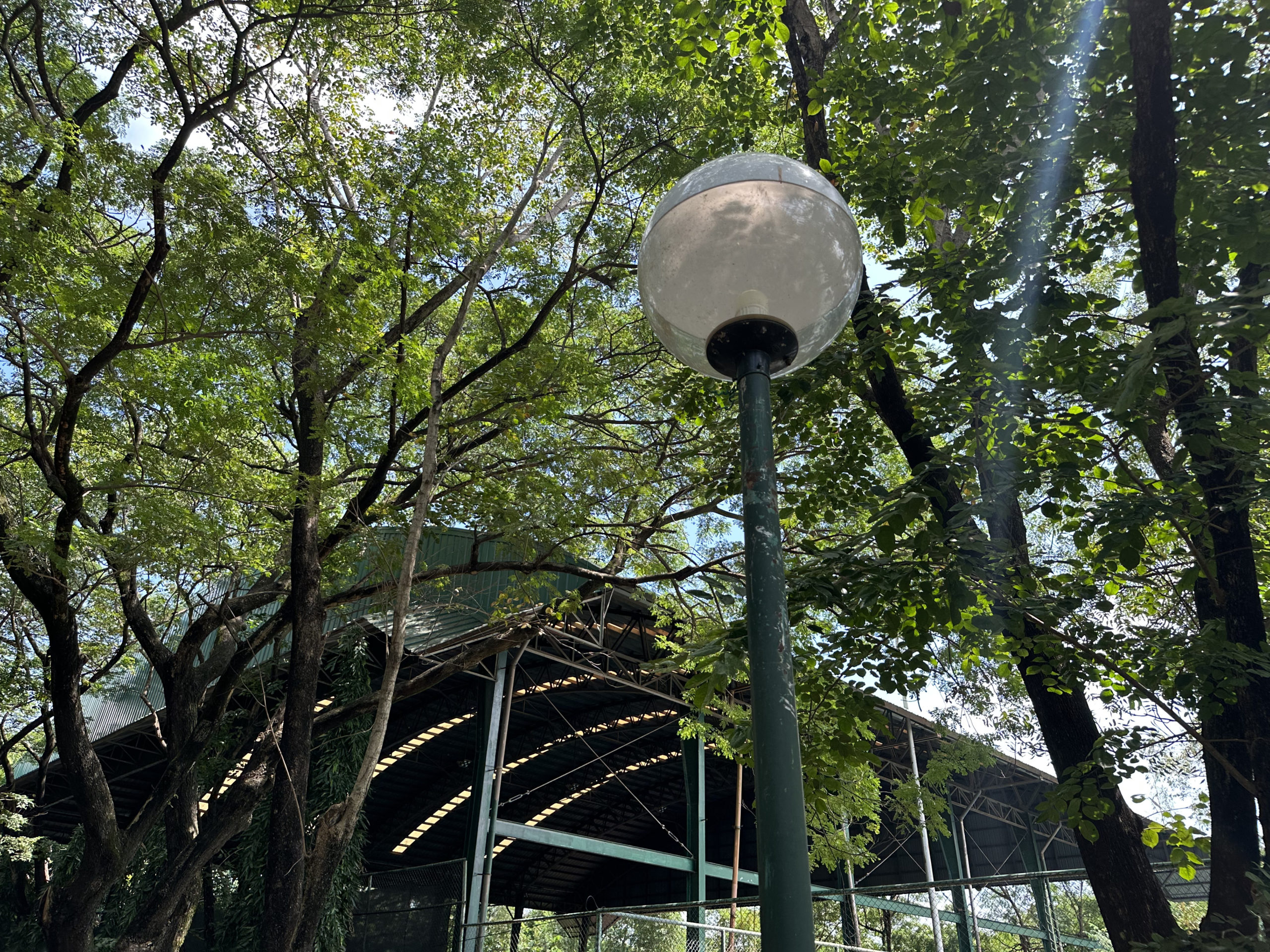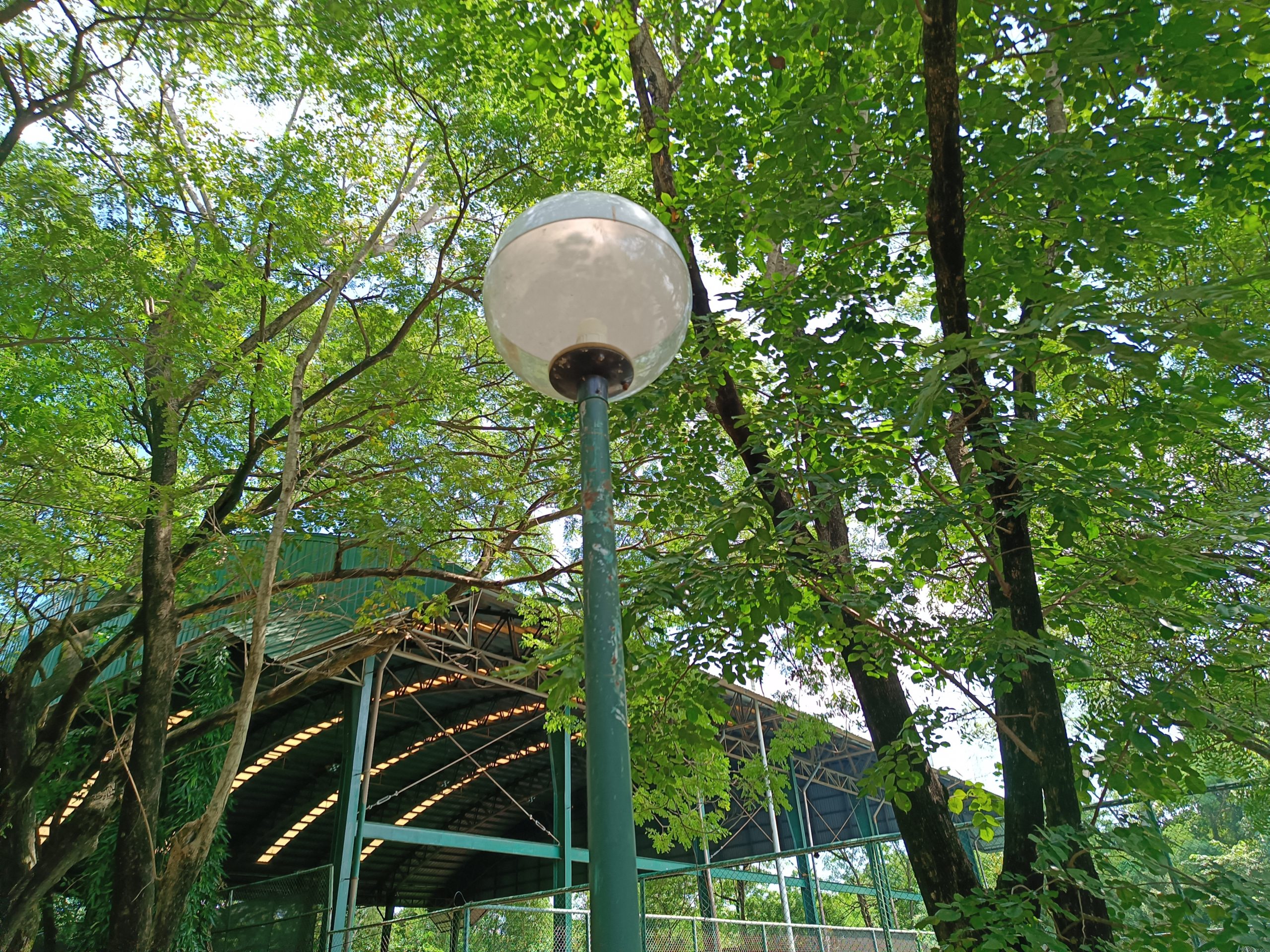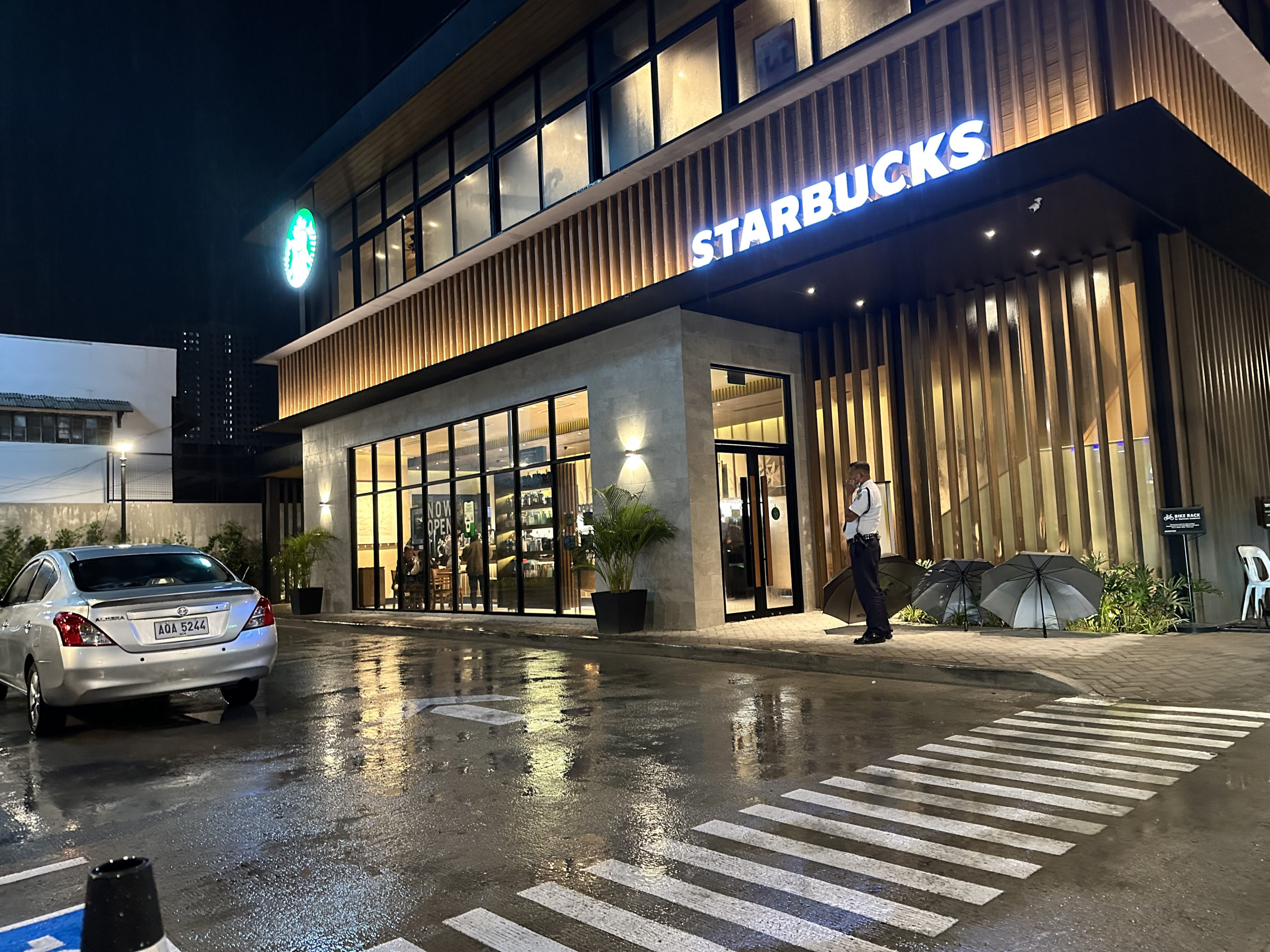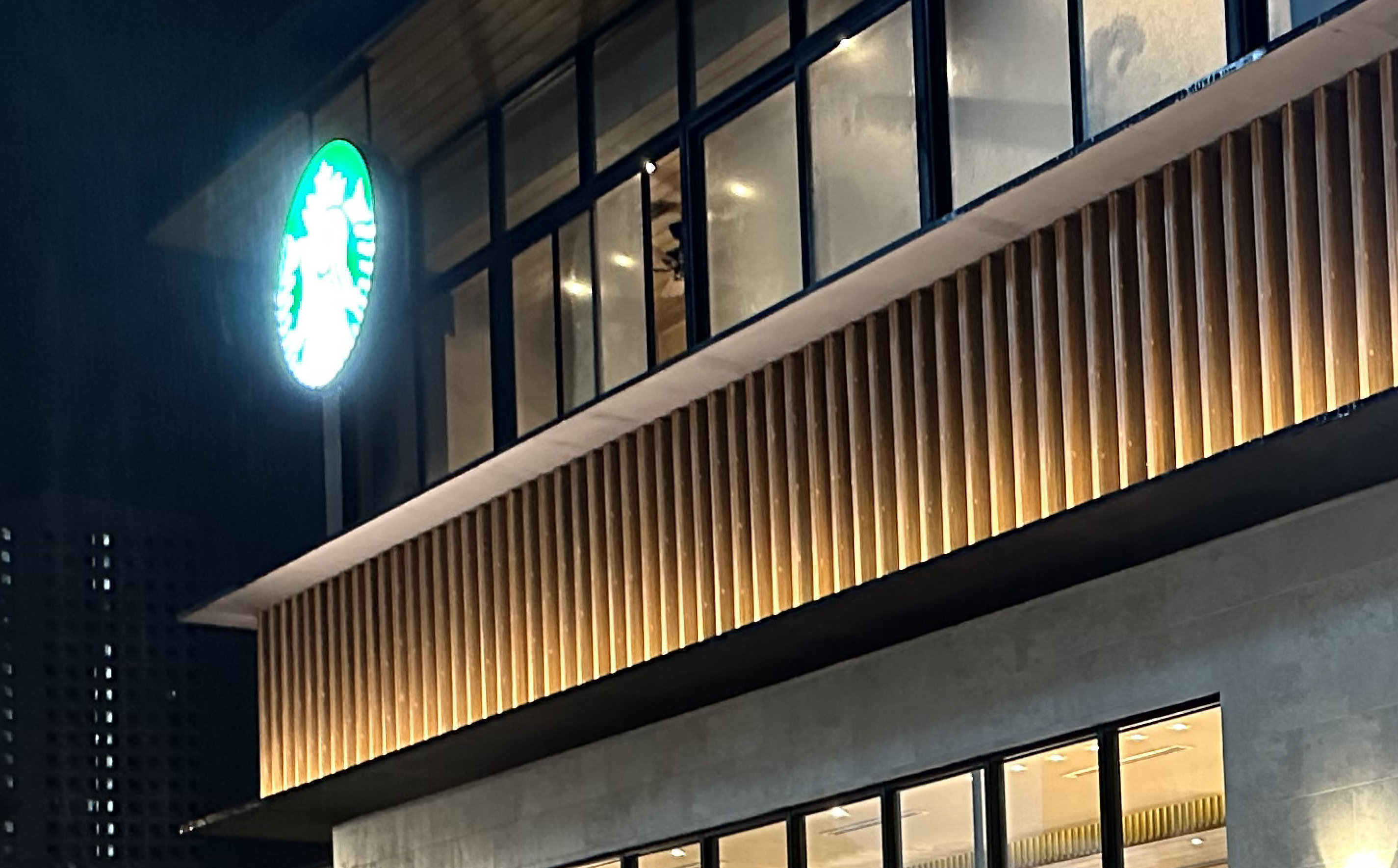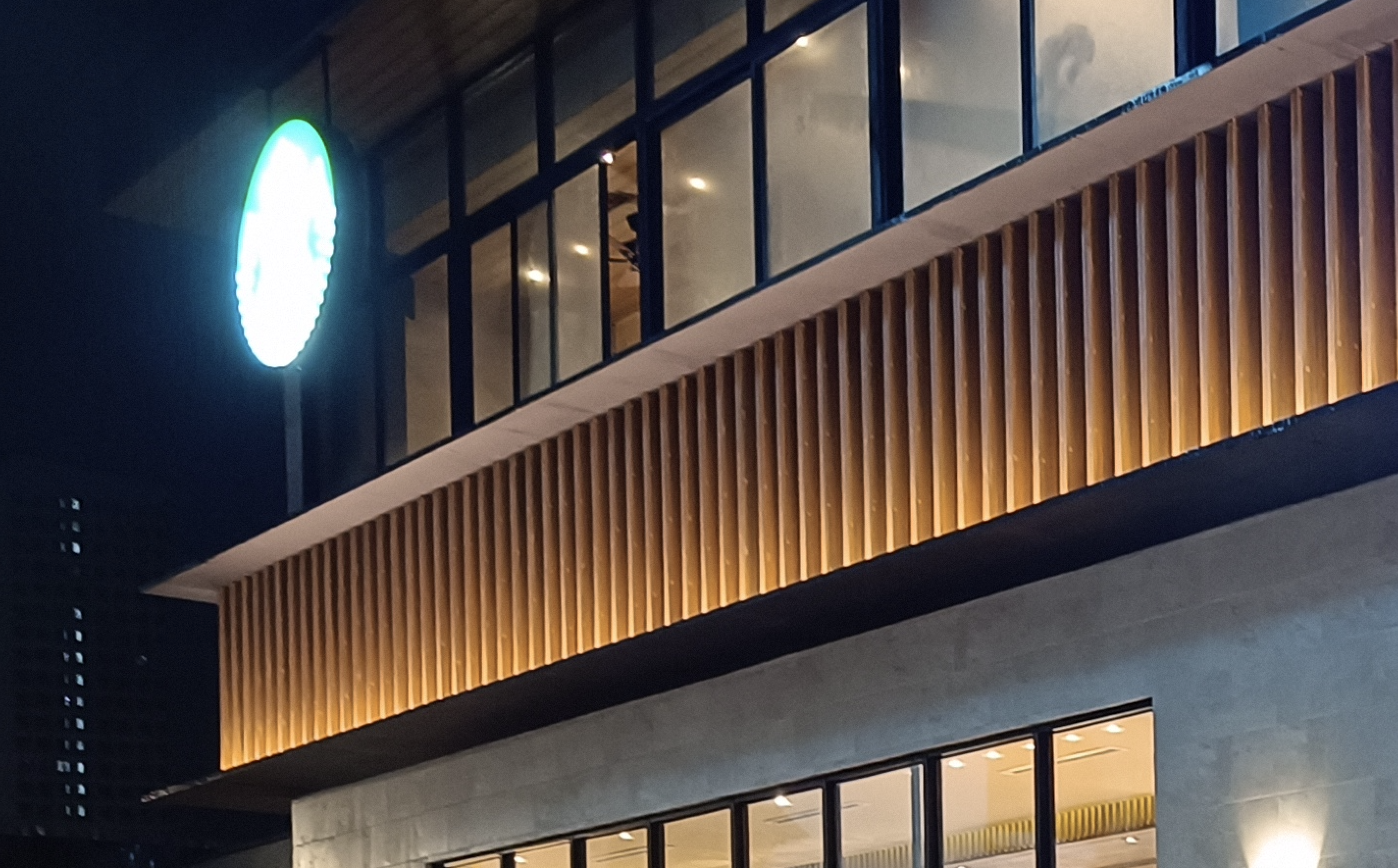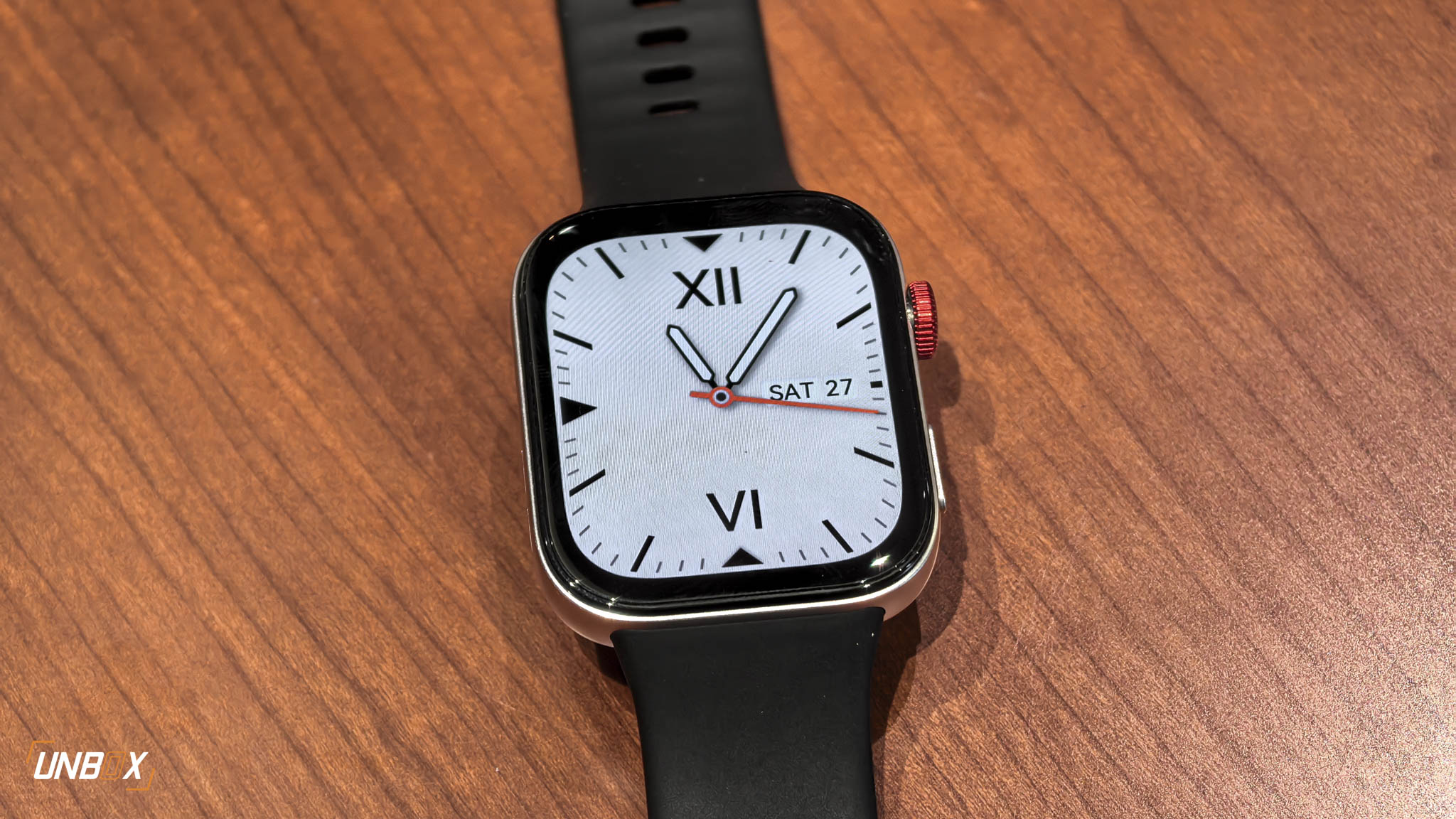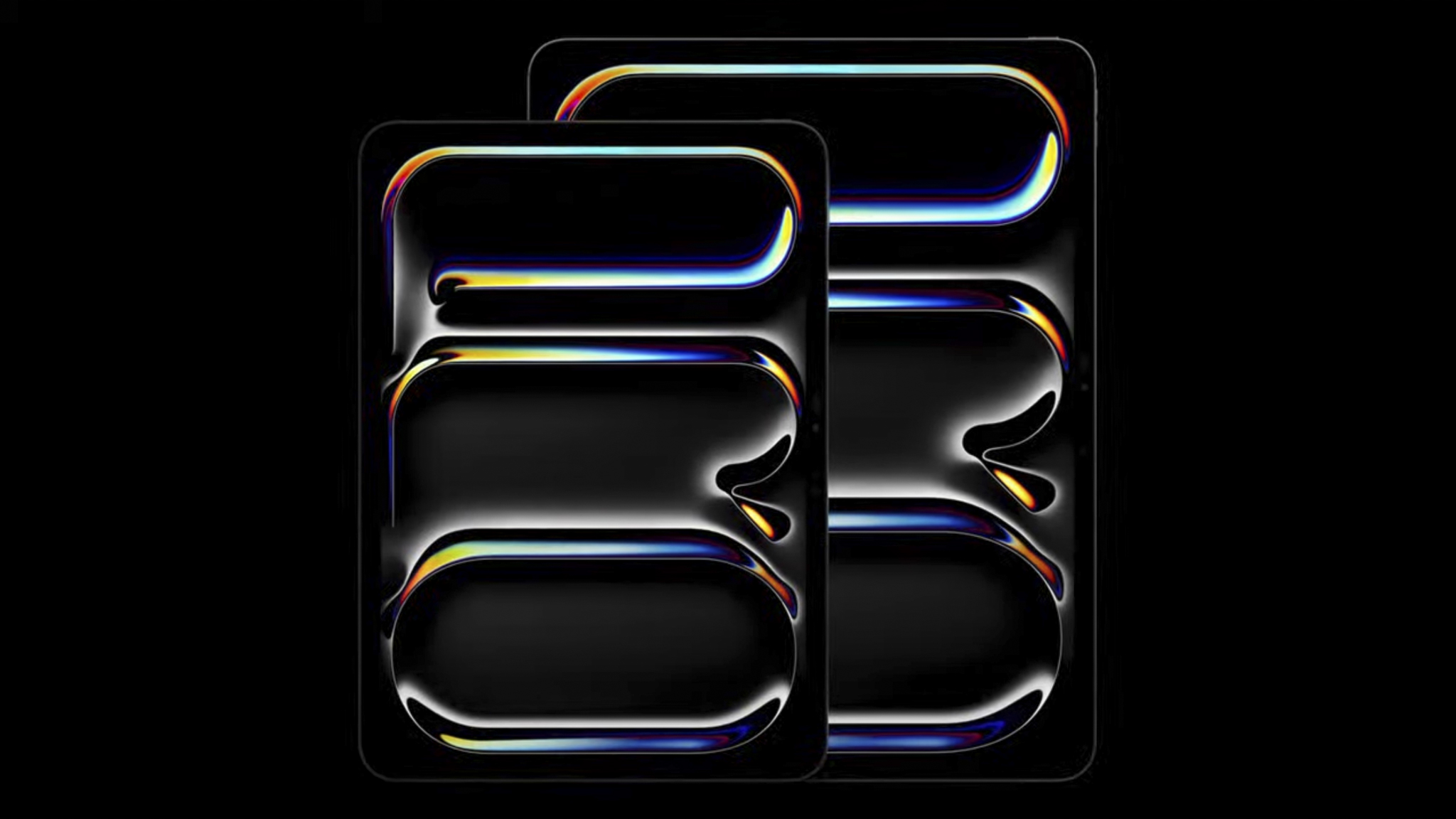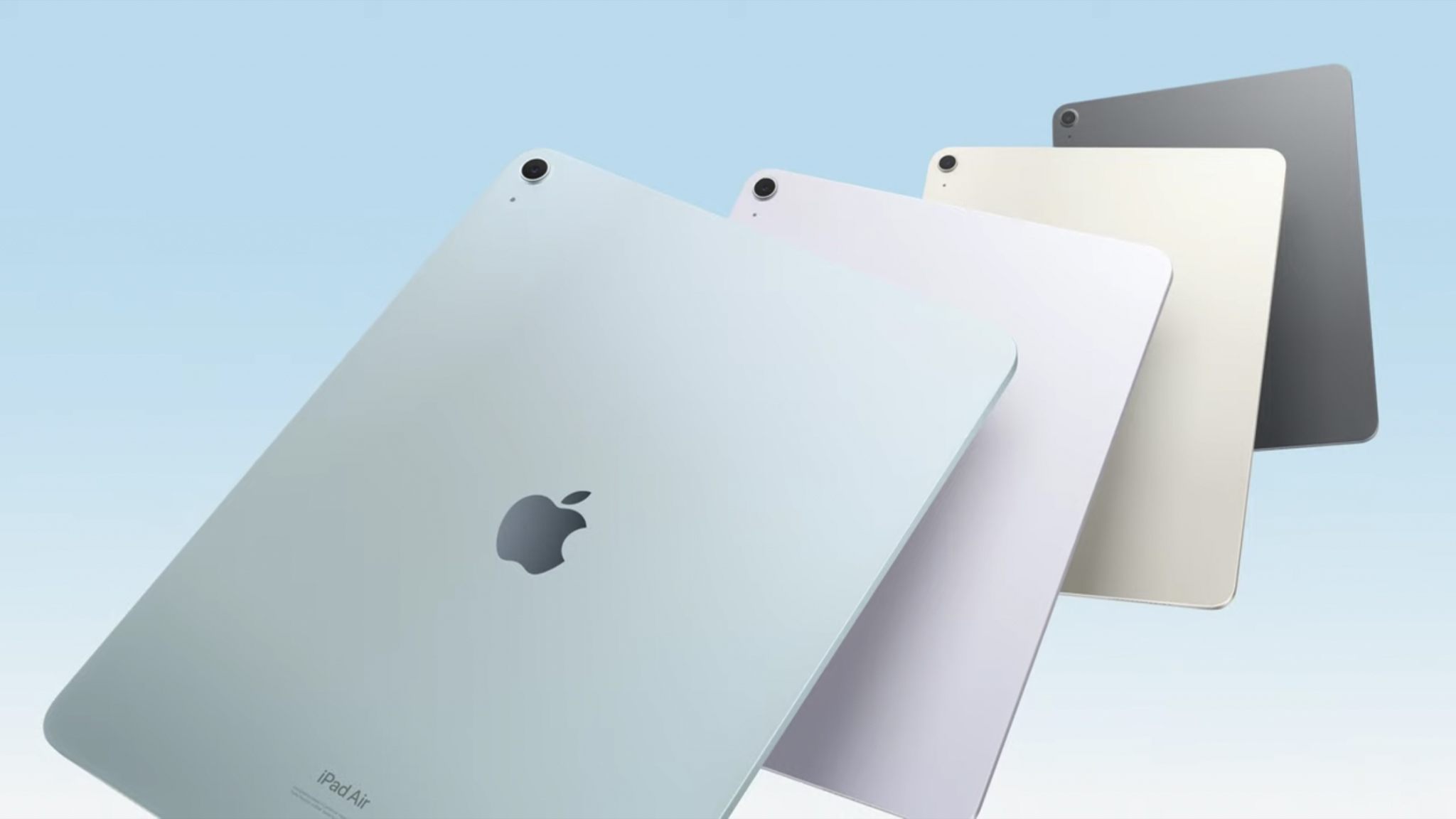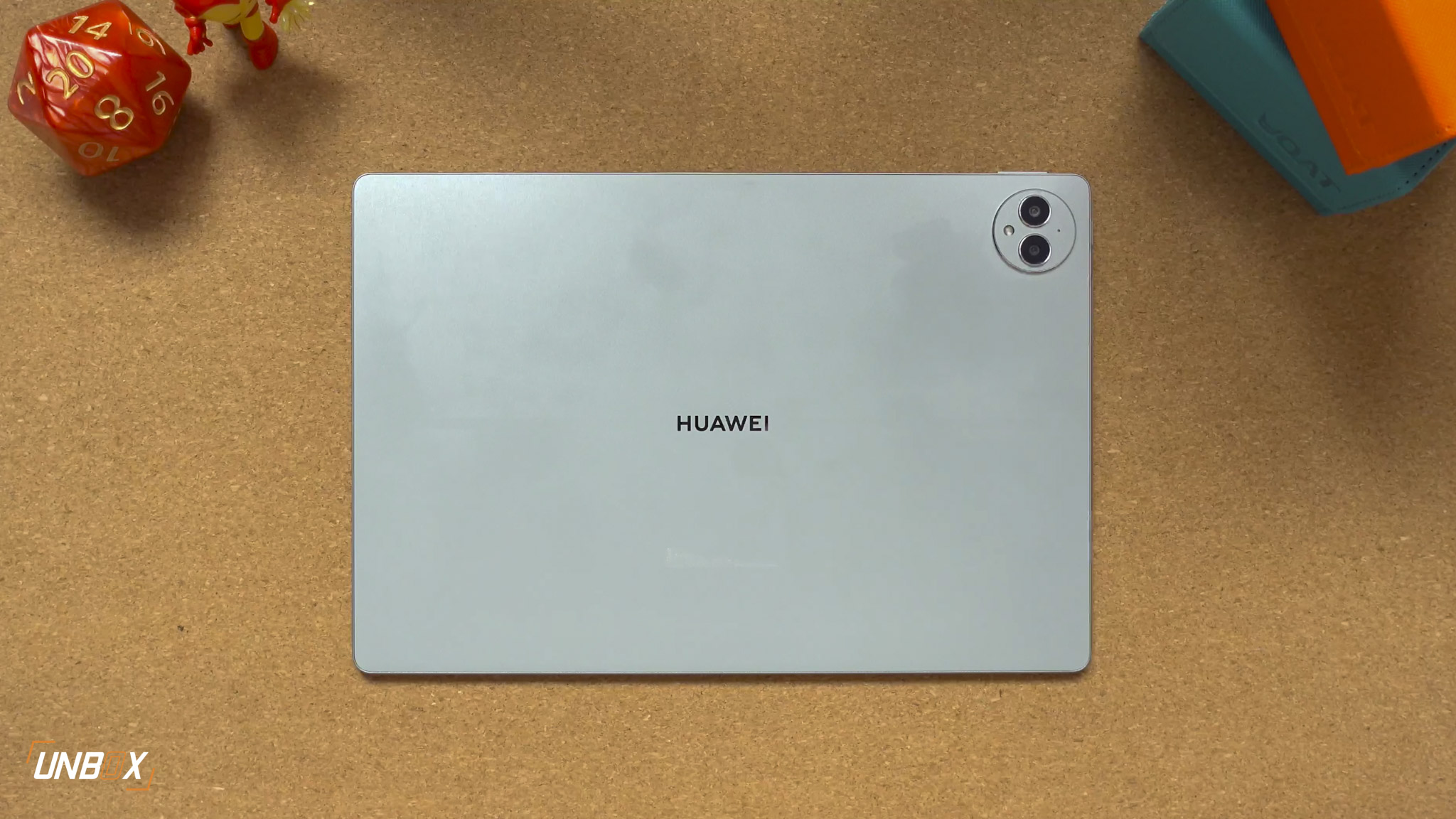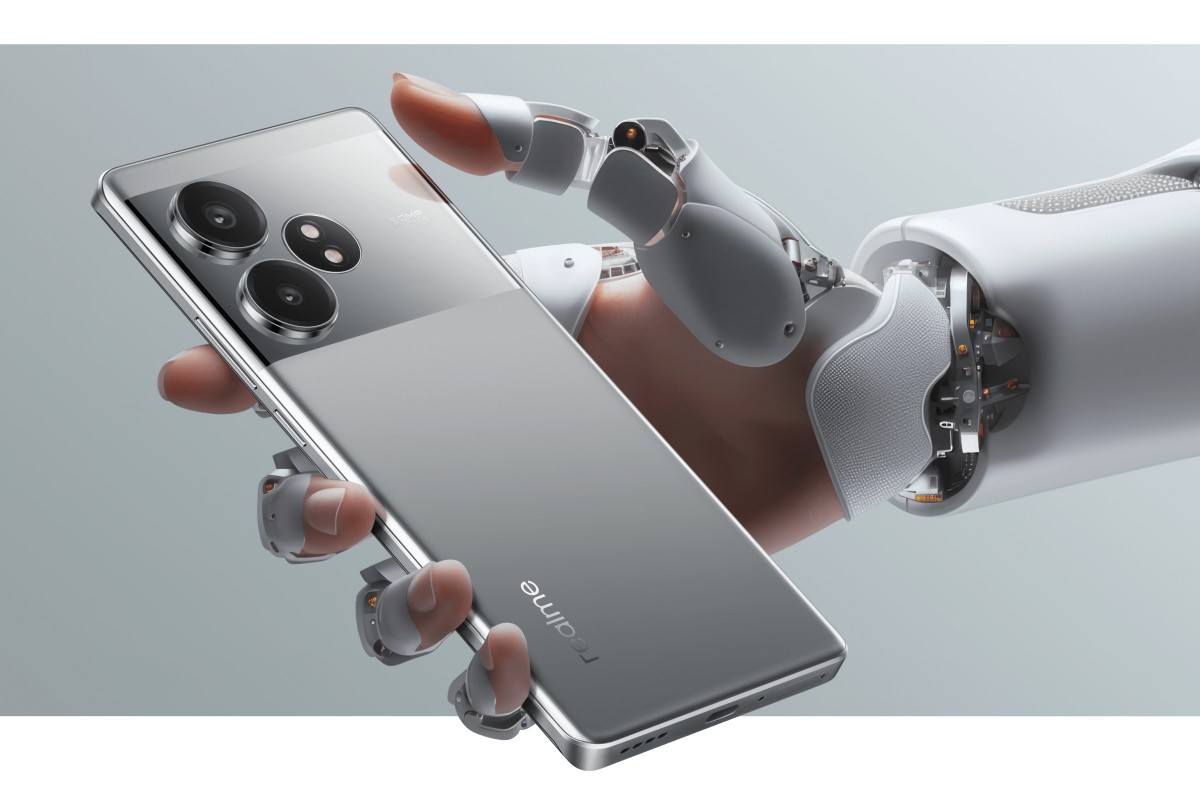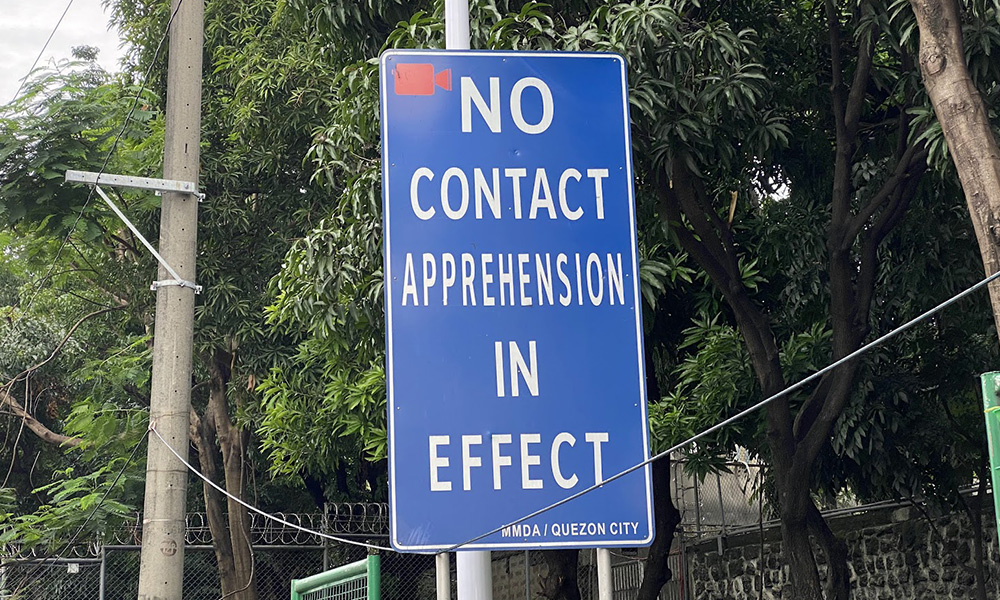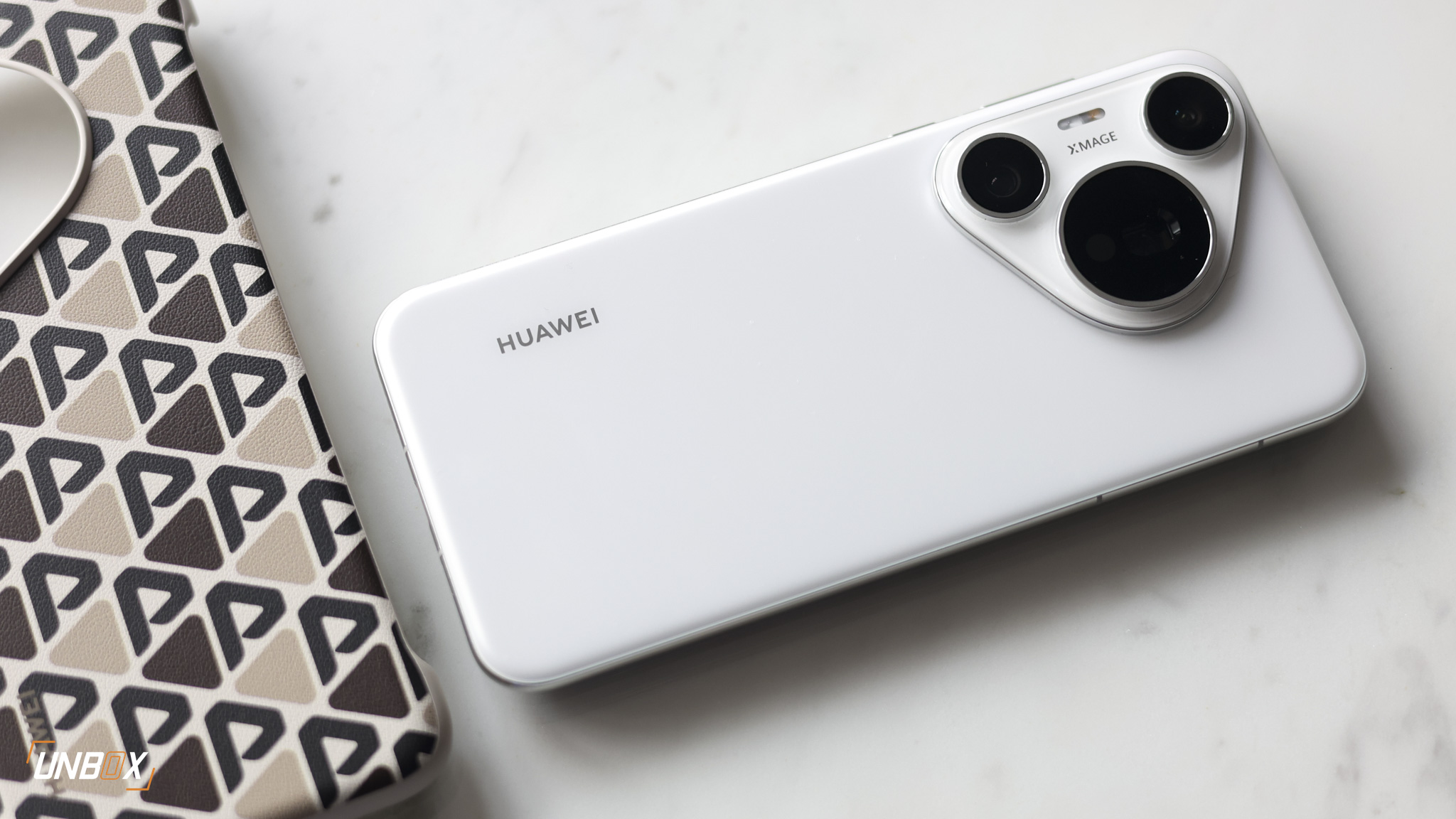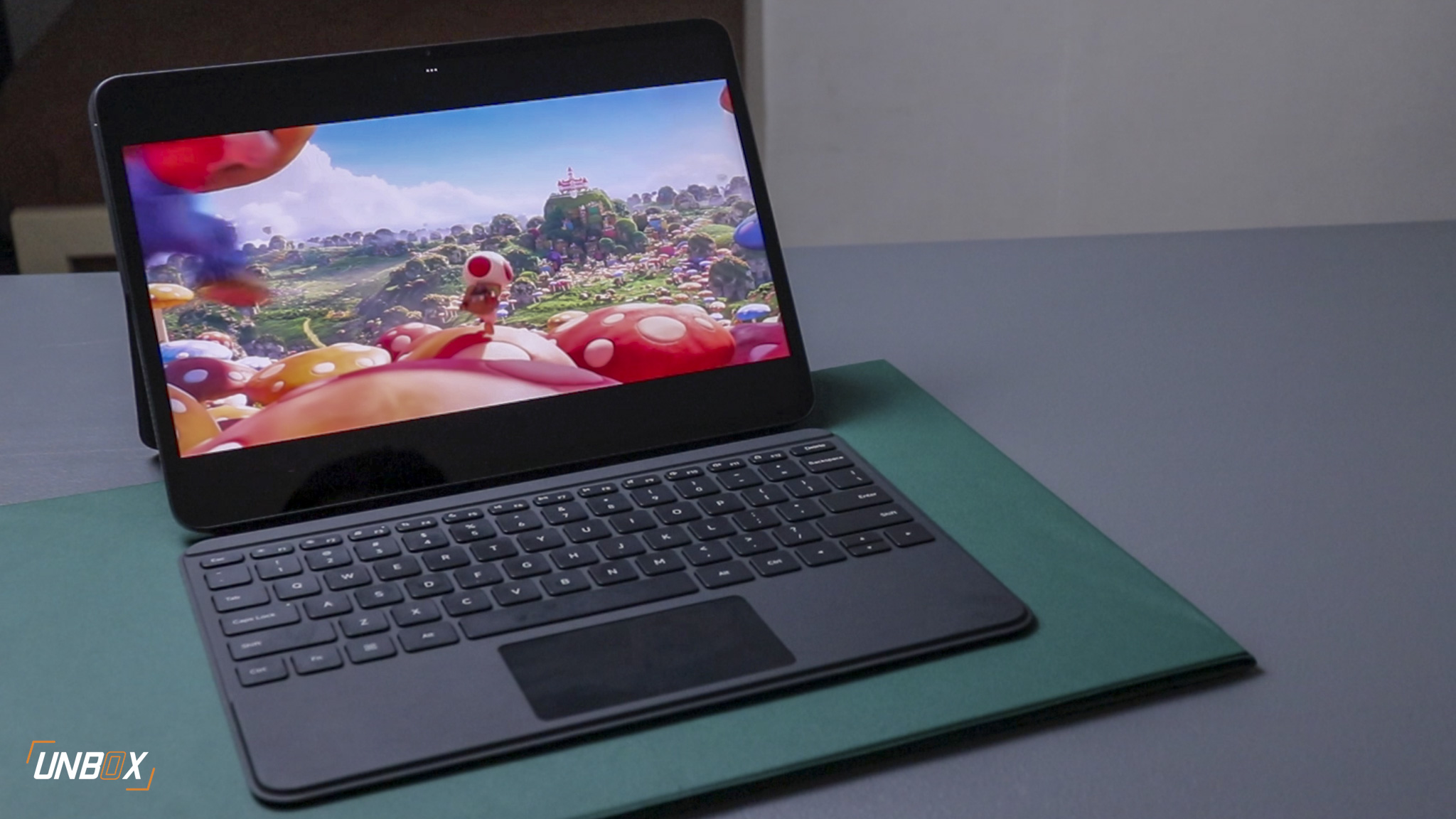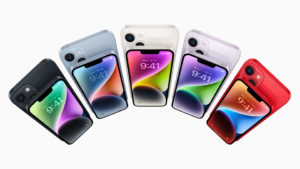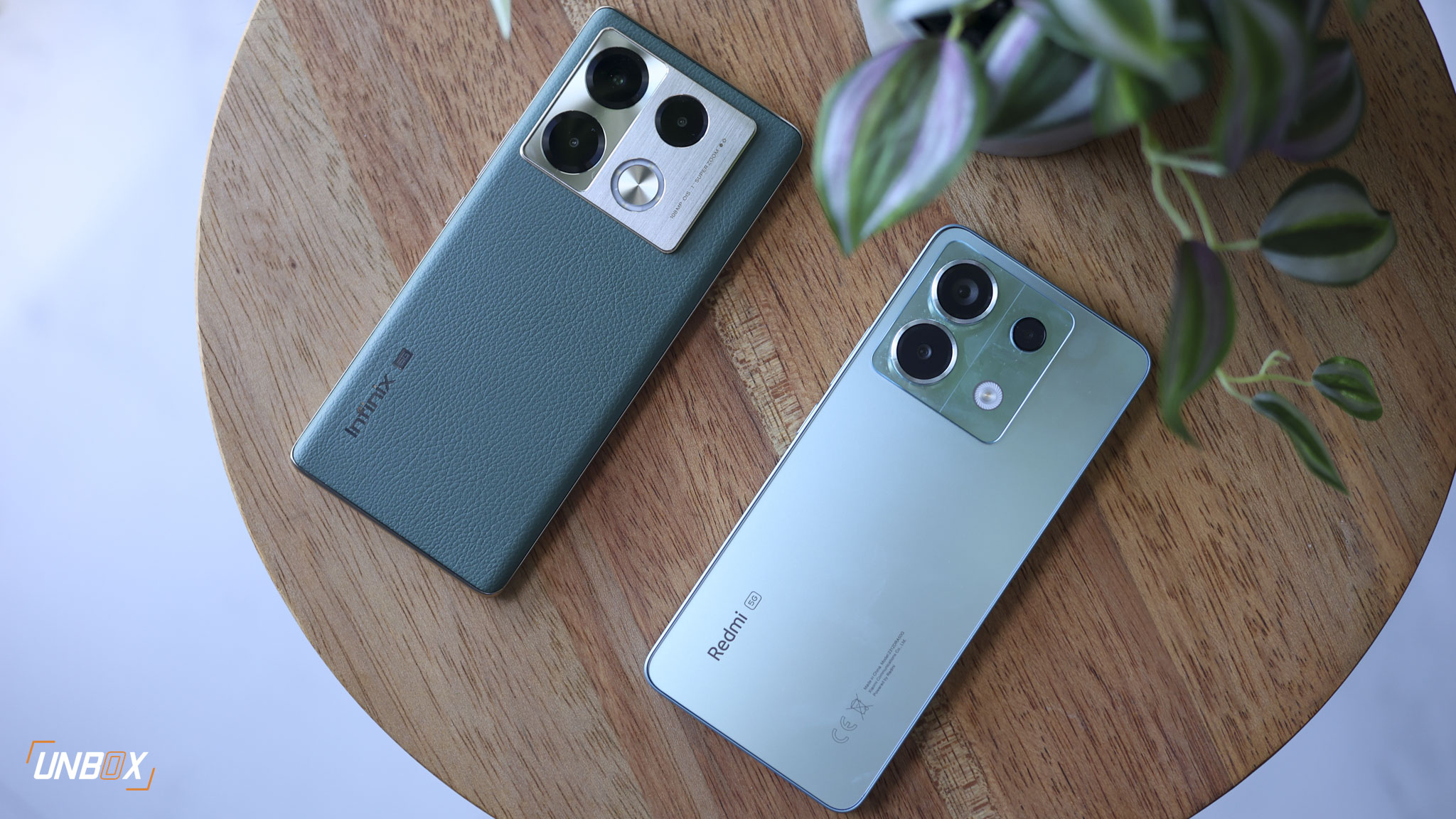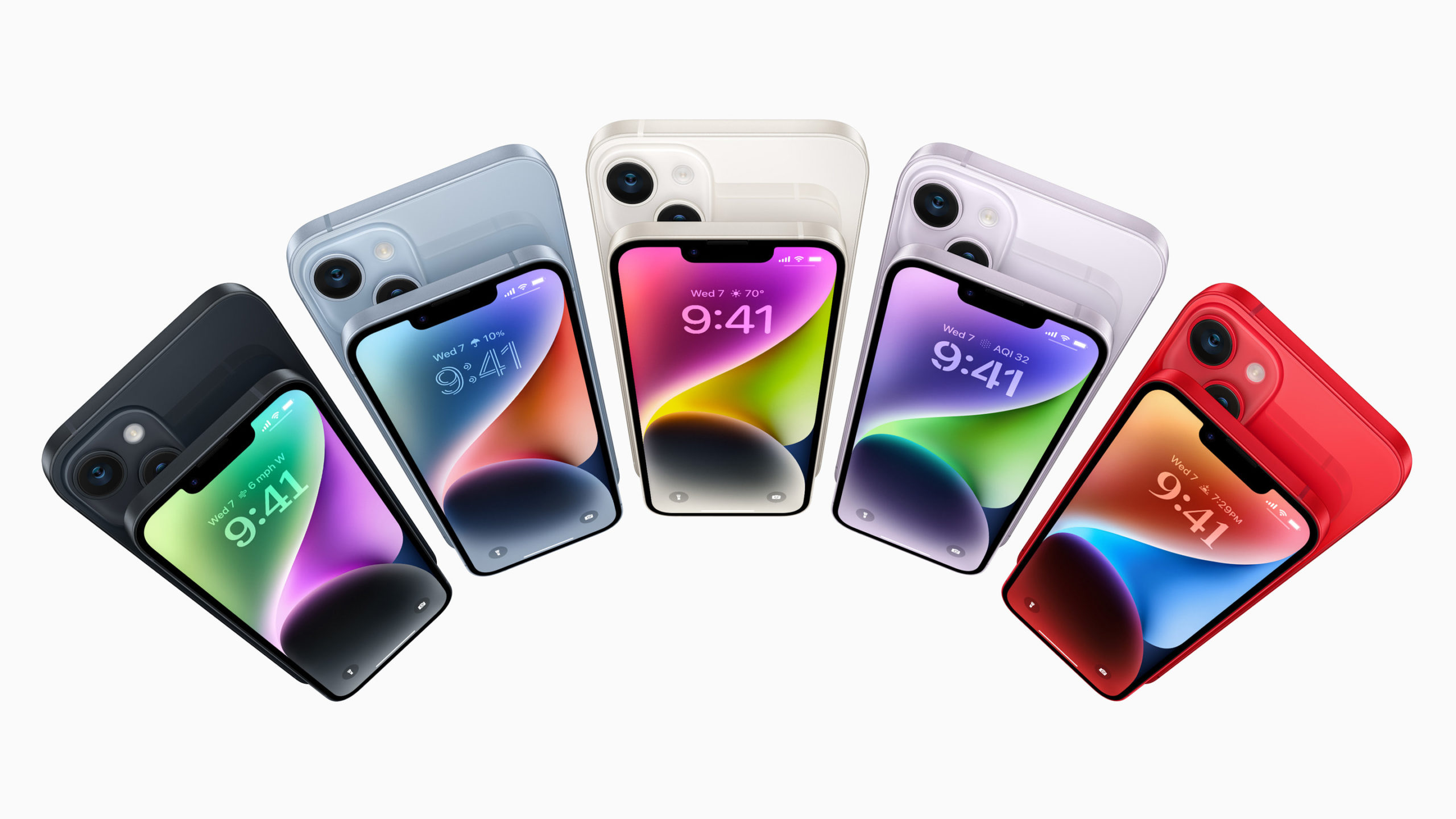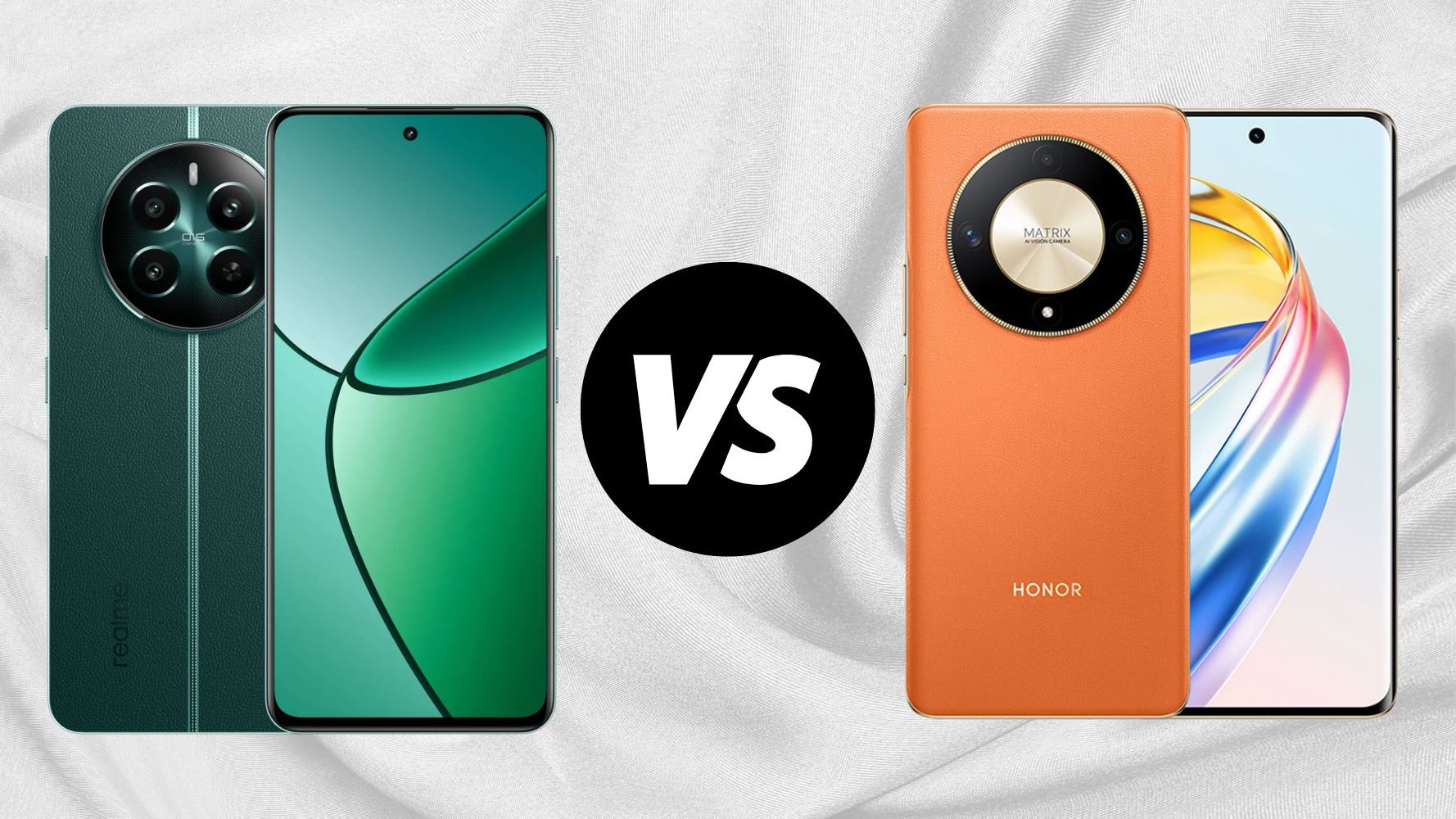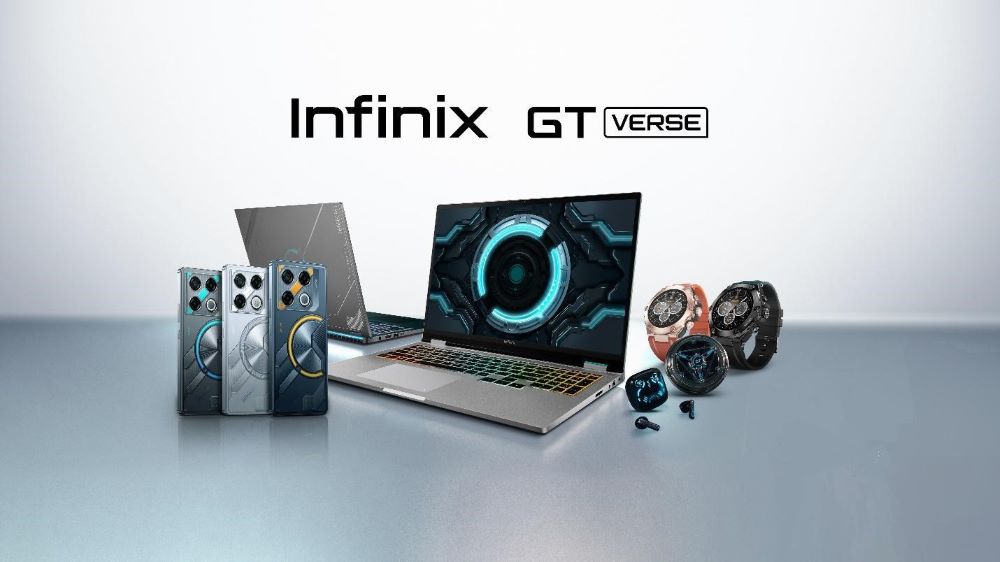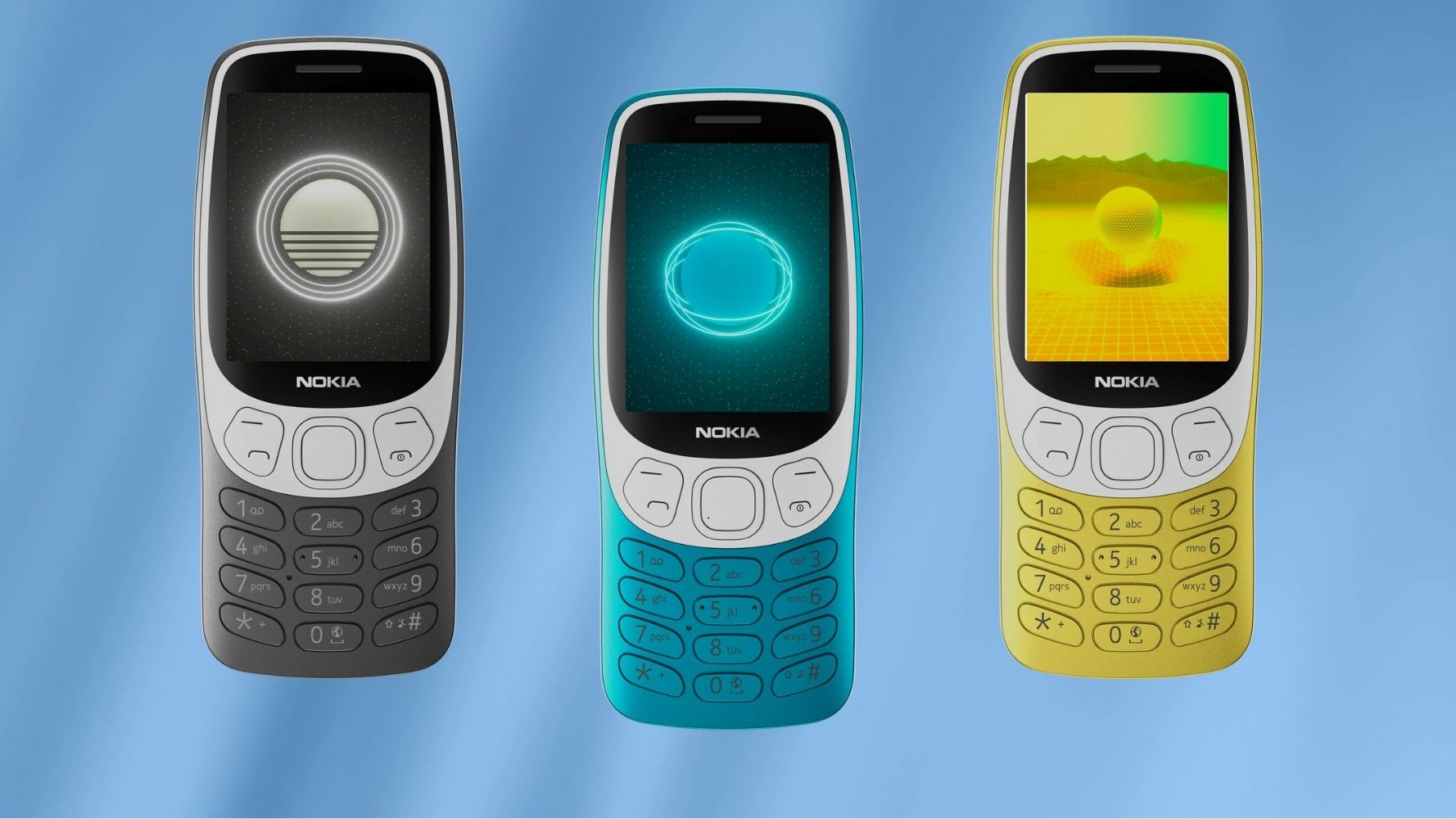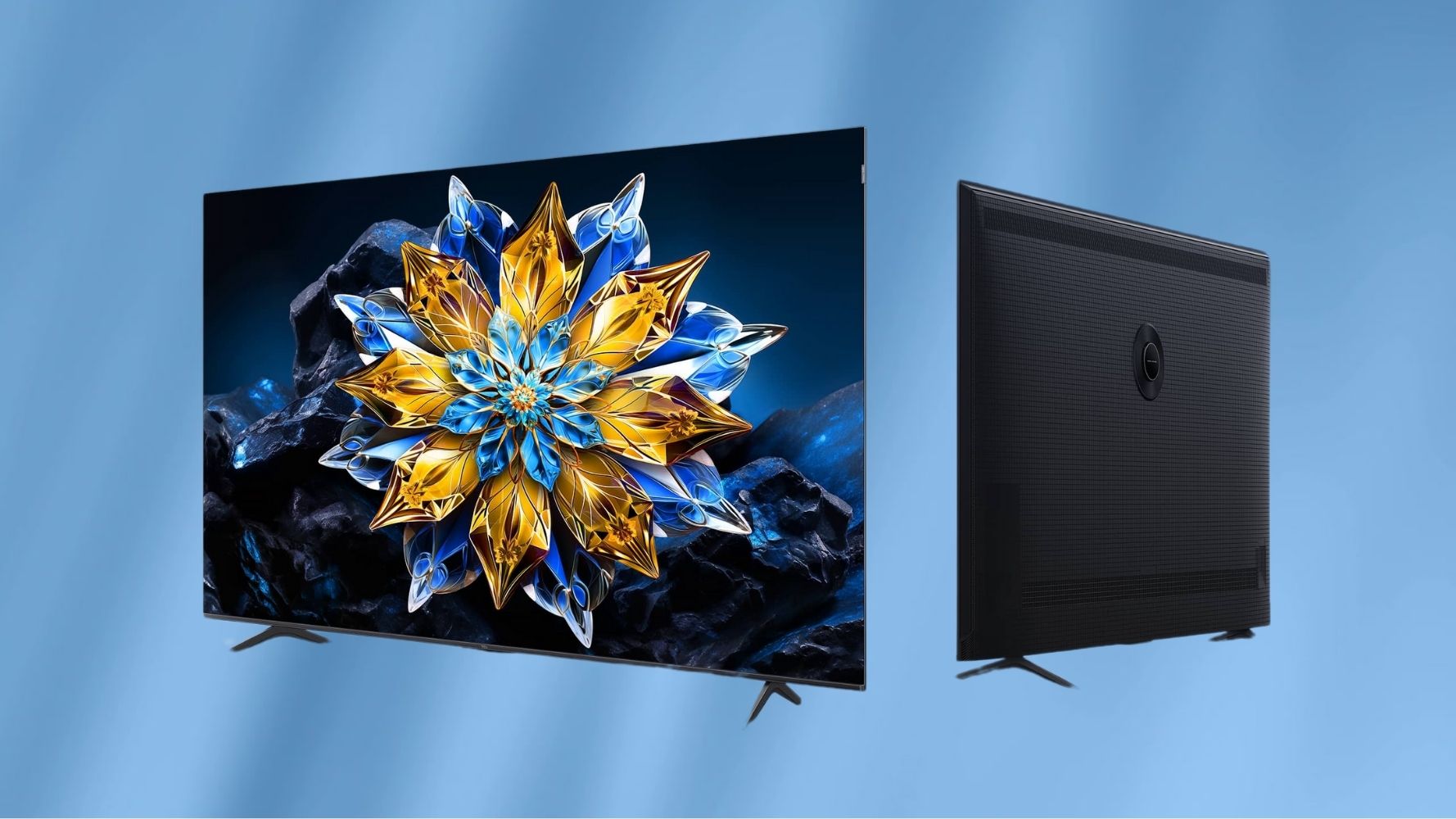Infinix made waves with the ZERO ULTRA in the Philippines as it is the first phone to offer a 200-megapixel camera. With such high resolution, we were curious as to how it would stack up against more expensive phones like the iPhone 14 Pro, which is around Php 56k more expensive than the ZERO ULTRA for the same 256GB variant.
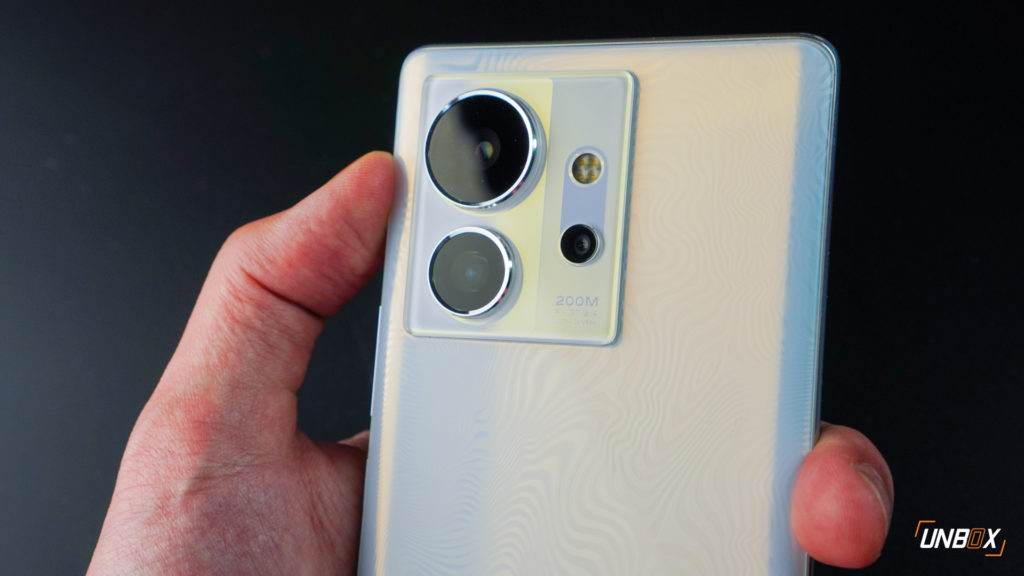
For this camera test, we focused on the main camera of both phones. To recap, the iPhone 14 Pro has a 48-megapixel main camera with an f/1.78 aperture opening, sensor-shift OIS, and Dual Pixel PDAF. The ZERO ULTRA, on the other hand, uses a 200-megapixel main camera with an f/2.0 opening, OIS, and Dual Pixel PDAF.
Disclaimer: All photos are taken only using their main rear camera, and we chose the default photo shooting mode.
The most obvious difference between the camera performance of the ZERO ULTRA and the iPhone 14 Pro is how they process colors. The iPhone 14 Pro is consistently more on the duller side, while the ZERO ULTRA has a tendency of boosting saturation. The saturation boost can be a hit-or-miss affair, and there are instances that it overdoes post-processing, making photos look artificial.
However, when it comes to preserving details, the ZERO ULTRA does a better job especially if you pixel peep on the image as far as daylight shooting is concerned.
On the other hand, the iPhone 14 has better autofocusing when you want to focus on specific parts of the photo. Another advantage of the ZERO ULTRA is how it handles glare when shooting under direct sunlight.
In indoor lighting, the iPhone 14 Pro does a better job with background separation because of its brighter aperture opening and delivers better texture detail than the ZERO ULTRA when you pixel-peep the photos. Its understandable that the ZERO ULTRA trails behind in this department since it only rocks a mid-range processor and not a flagship one.
The two phones have an interesting outcome when it comes to low-light shooting: while the iPhone 14 Pro manages to tone down highlights from brightly-lit parts of the photo, the ZERO ULTRA is consistent in preserving details, especially with the shadows. It’s not as great as how it performs in brightly-lit conditions, but it seems that Infinix optimized the ZERO ULTRA’s camera for low-light shooting–even if its aperture is not as bright as that of the iPhone 14 Pro.
Considering that the ZERO ULTRA is significantly more affordable than an iPhone 14 Pro, its 200-megapixel camera does have the chops to match the iPhone 14 Pro’s 48-megapixel camera. Being a mid-range and not a flagship model, the ZERO ULTRA experiences limitations when it comes to autofocusing and post-processing–and this is partly because the Dimensity 920 is not designed to handle a 200-megapixel sensor (which is why MediaTek announced an improved version with the Dimensity 1080), and Apple’s A16 Bionic offers vastly more power than the mid-range MediaTek processor.
Overall, we’re glad to see mid-range phones making strides in improving overall camera performance beyond hardware. The software also plays an important factor for post-processing, and Infinix did make significant improvements with the ZERO ULTRA compared to its other offerings.


